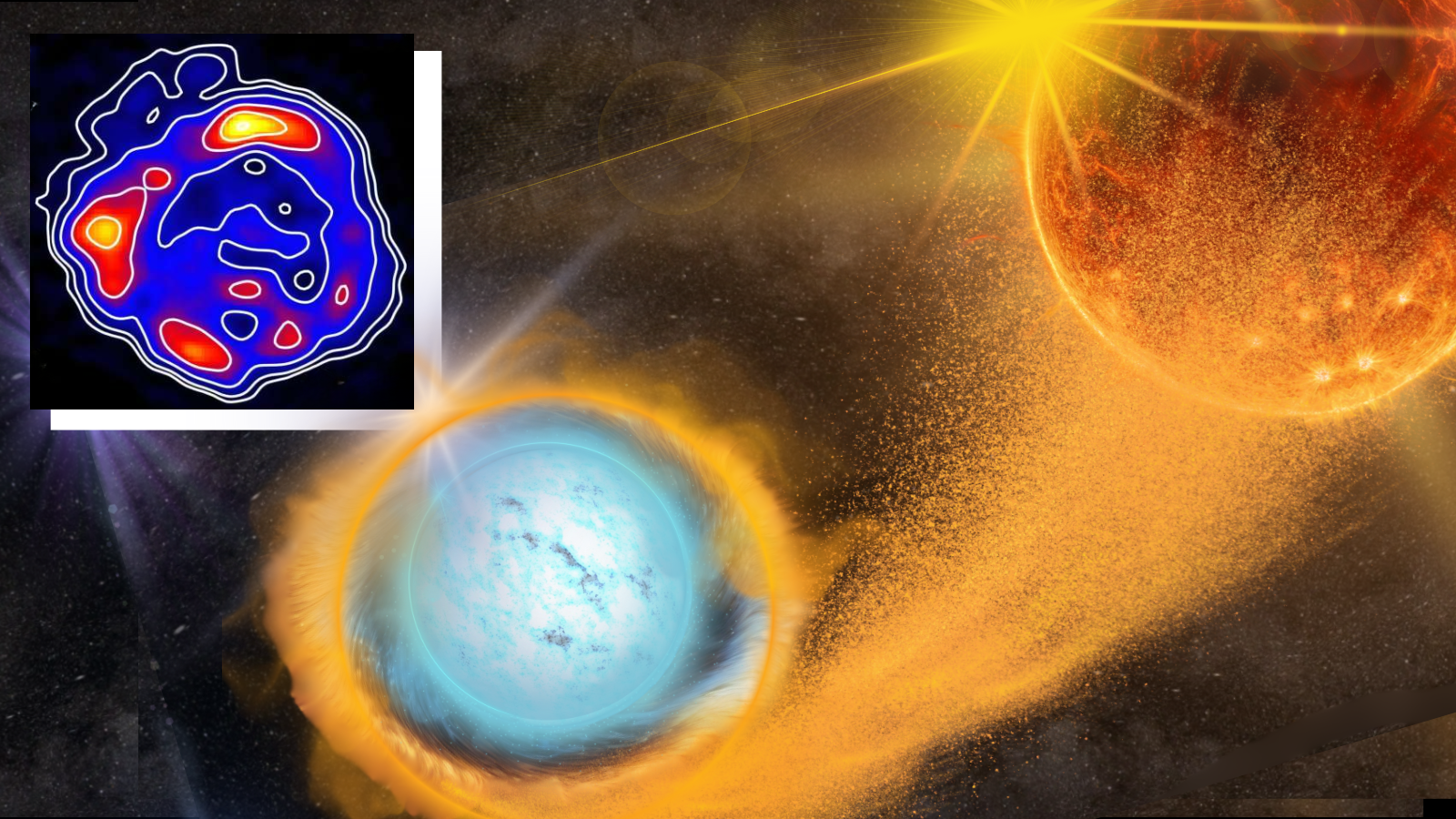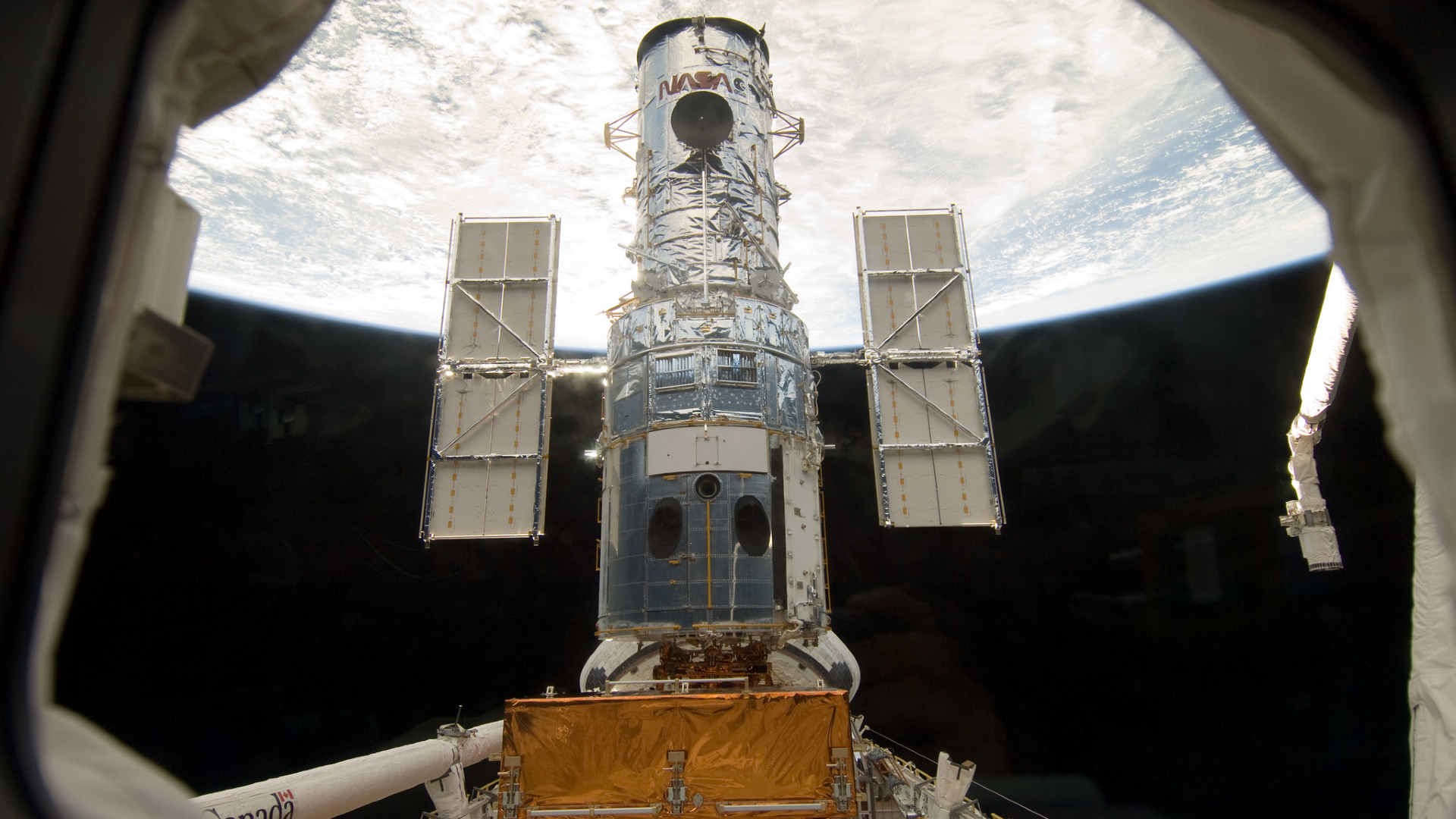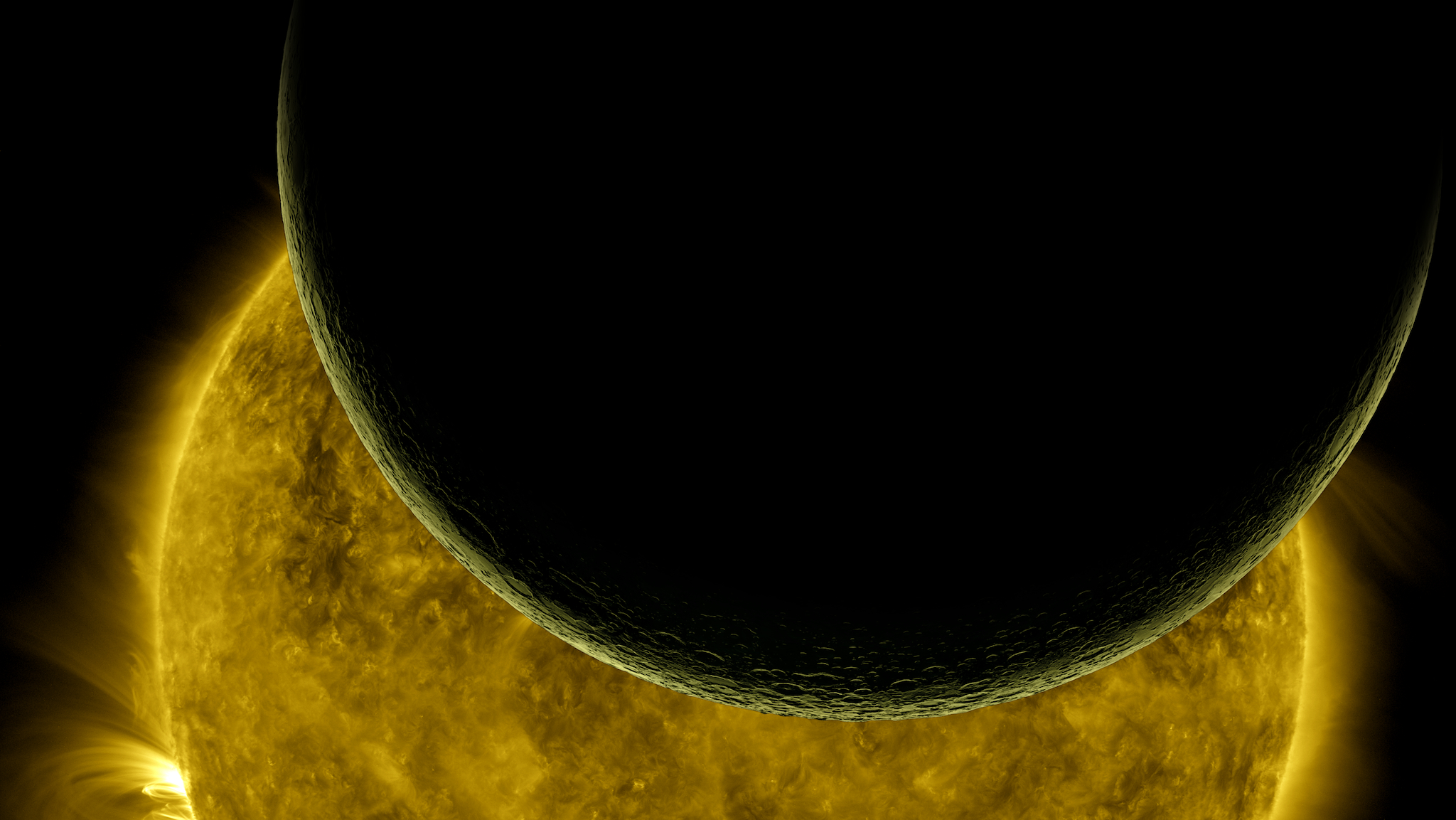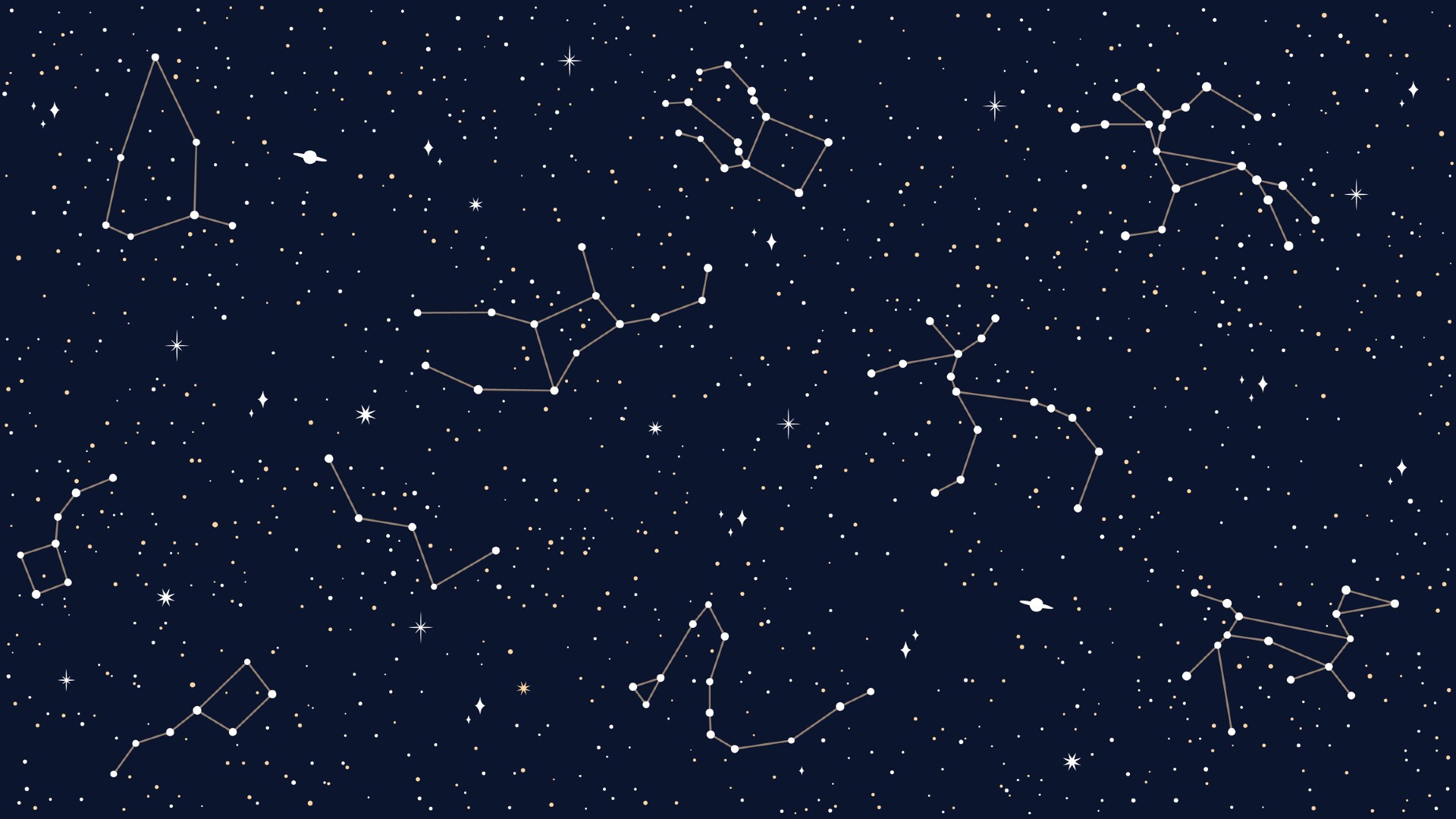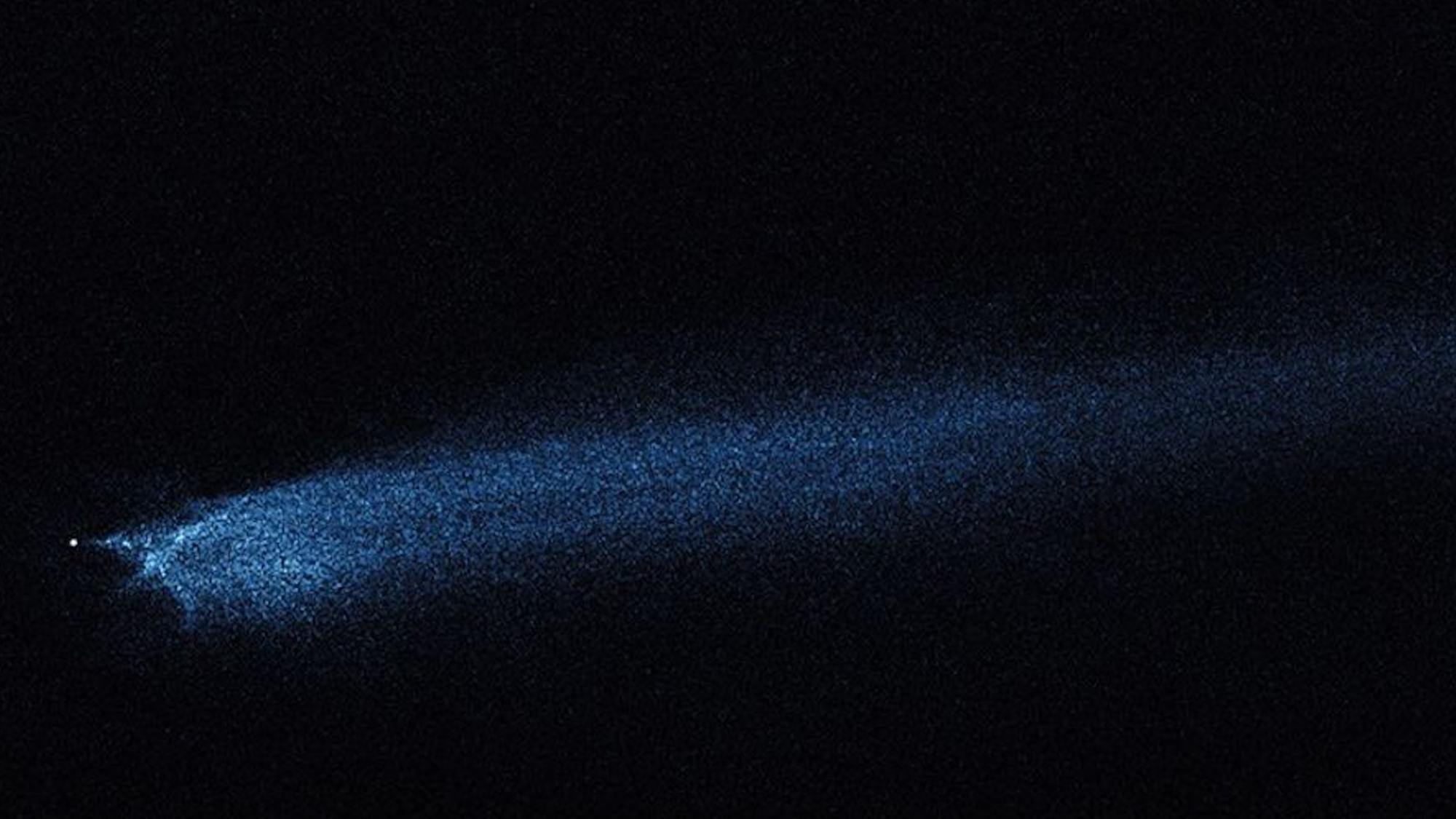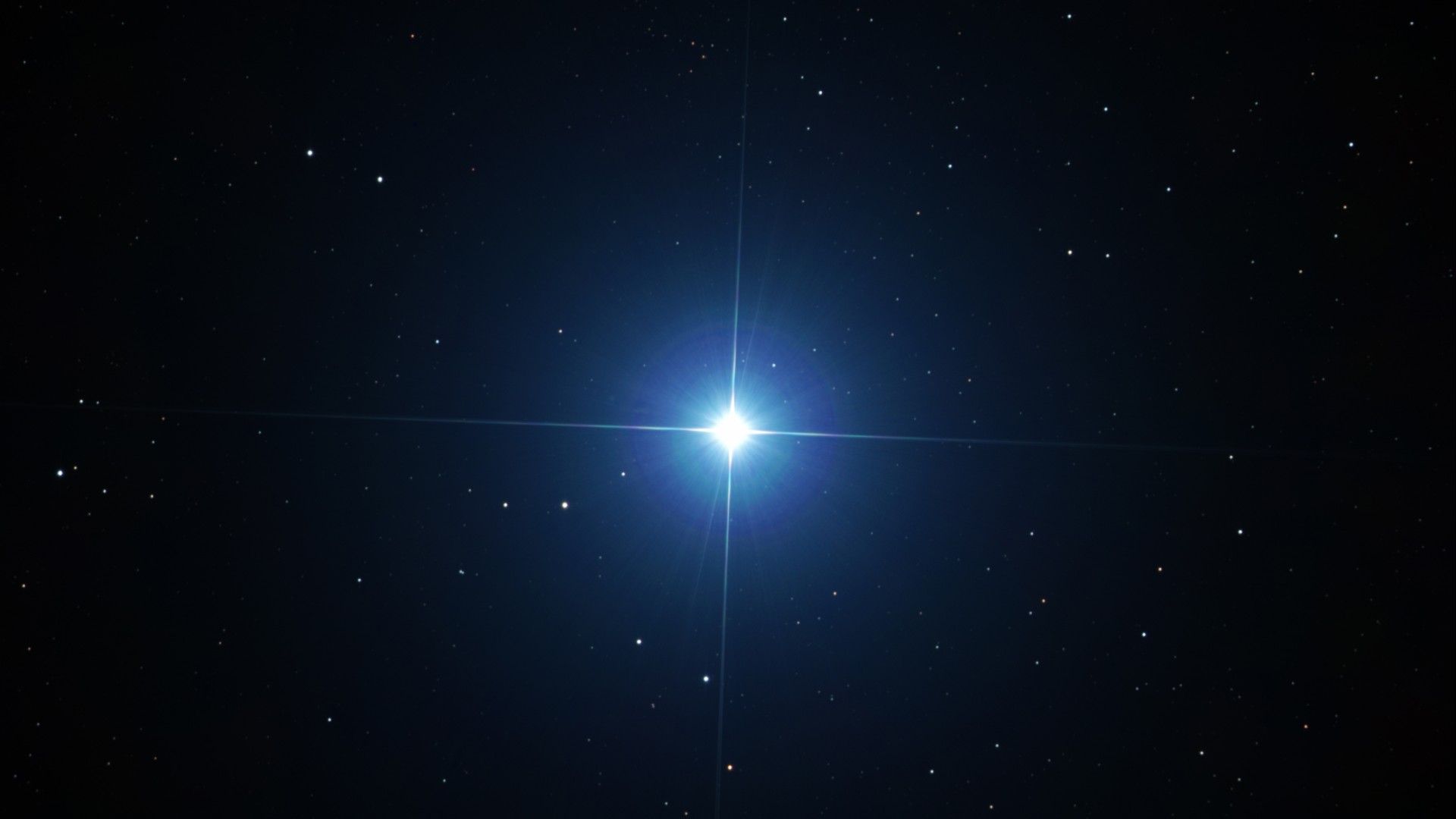Spacetime ripples detected in 2023 continue to puzzle astronomers. Could they be from the dawn of the universe?
"This is a big potential problem because many signals are quite similar."
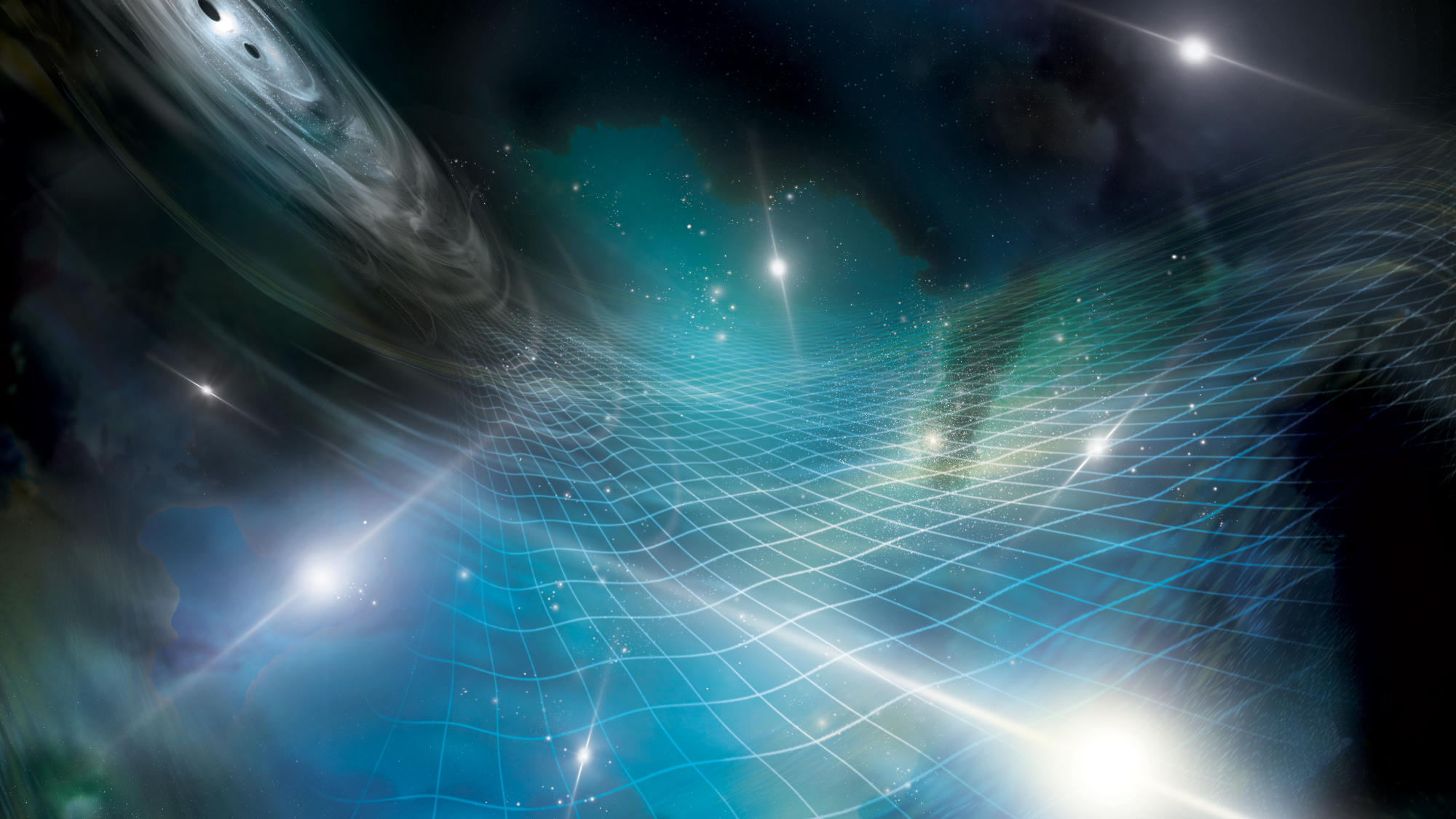
Scientists are still hunting for the source of the faint, persistent hum of gravitational waves discovered reverberating through the Milky Way last year. Those waves could point to more than one tantalizing source, new research suggests.
The discovery team, the North American Nanohertz Observatory for Gravitational Waves, or NANOGrav, collaboration, strongly suspects the ripples in space-time were created from merging supermassive black holes, each a billion times more massive than our sun. These are known as binary pairs. If that's indeed the case, ongoing work would help estimate the locations of the celestial cosmic beasts, as well as their masses.
However, "finding one binary will not rule out the cosmological origin," study co-author Juan Urrutia of the National Institute of Chemical Physics and Biophysics in Estonia told Space.com. To that end, he and his colleagues studied the NANOGrav data and found that, in addition to the orbiting black hole hypothesis, three proposed cosmological sources seem to explain the data. More on all of those in just a bit; the big picture is that this suggests the gravitational wave signal could be a muddled mix of different sources.
"This is a big potential problem because many signals are quite similar."
Cosmological sources for spacetime ripples
The aforementioned exotic, high-energy cosmological processes that took place in the early universe include "cosmic strings," "phase transitions" and "domain walls."
Importantly, the latter two are thought to have unfolded shortly after the Big Bang — yet before the event's leftover radiation diffused across the universe. Thus, if the new findings pan out, and one of the sources are those domain walls, scientists say the detected signal would actually be the closest we've gotten to accessing the beginning of the universe.
Get the Space.com Newsletter
Breaking space news, the latest updates on rocket launches, skywatching events and more!
Further, the cosmological processes outlined by the new study could also help the ongoing hunt for dark matter and dark energy, which together make up 95% of the universe but remain invisible to human eyes.
"As [domain walls] move and evolve, they carry a lot of energy and emit gravitational waves," said Urrutia. At some point, however, they decay and you end up with "clumps" of dark matter, he added.
The possibility that the detected signal could be from domain walls is especially intriguing, as these complex structures were originally proposed over 50 years ago as one way to explain why the universe contains far more matter than antimatter, the latter of which refers to sort of "opposite" matter. Unlike normal, or baryonic, matter that's composed of positive protons and negative electrons, antimatter is composed of negative protons and positive electrons.
What's especially weird when it comes to antimatter is that because antimatter and baryonic matter are supposedly fully symmetrical, the Big Bang should've had a 50/50 chance of producing either. That means our universe, theoretically, should consist of equal amounts of both. But it doesn't. Baryonic matter totally dominates the cosmos.
On the other hand, studying phase transitions allows scientists to peer into many of the various phases that early universe went through to produce the baryonic electrons, protons and neutrons we know of today. Similar to how water boils when heated, cosmic phase transitions were triggered by the variation of temperatures in the universe, and "bubbles" interacted with each other to produce sound waves as well as gravitational waves, perhaps like the one recently detected.
Because the signals from the diverse sources seem to be similar, teasing them out of the detected gravitational waves is no easy task — made harder by the limits of our telescopes. The Laser Interferometer Gravitational-Wave Observatory (LIGO), a pair of research facilities in the United States and our current best gravitational wave detector, is designed to spot high-frequency waves.
To spot more of the low-frequency waves like the ones recently observed, scientists are gearing up for the Laser Interferometer Space Antenna (LISA), a European three-satellite network launching in 2037. According to a NASA description, LISA would measure changes in position "that are less than the diameter of a helium nucleus over a distance of a million miles."
Another space experiment proposed in 2020, the Atomic Experiment for Dark Matter and Gravity Exploration, or AEDGE, may help in the search for gravitational waves in frequencies between those that can be "heard" by LISA and LIGO.
For these future detectors to deliver on their promise, it is crucial for scientists to have concrete predictions on what to look for and how to interpret the data, said Urrutia.
"There is a huge effort from the community to get all these calculations as precise as possible for when these experiments are ready to launch."
This research is described in a paper accepted for publication in the journal Physical Review D.
Join our Space Forums to keep talking space on the latest missions, night sky and more! And if you have a news tip, correction or comment, let us know at: community@space.com.

Sharmila Kuthunur is a Seattle-based science journalist focusing on astronomy and space exploration. Her work has also appeared in Scientific American, Astronomy and Live Science, among other publications. She has earned a master's degree in journalism from Northeastern University in Boston. Follow her on BlueSky @skuthunur.bsky.social
-
Adoni Yannop Reply
Admin asked about): Spacetime ripples detected in 2023 continue to puzzle astronomers. Could they be from the dawn of the universe??Admin said:The recently detected gravitational waves are a muddled mix of various sources, new study finds.
Spacetime ripples detected in 2023 continue to puzzle astronomers. Could they be from the dawn of the universe? : Read more
By Sharmila Kuthunur Published January 03, 2024
Could some gravitational waves detected in 2023 be from the dawn of the universe?? The answer is a resounding no!! Not because powerful spacetime ripples of two supermassive black holes of 1 million solar masses each could not reach our LIGO and VIRGO detectors after traveling for 13.77 billion years but because there was no big bang from a “singularity” in the volume of an atom 13.77 billion years, ago, as given!!
The Big Bang “Singularity” “Creationist” Theory given that from the volume of an atom out popped enough “photons” to create everything visible and invisible in our universe including space itself is so absurd and impossible that it takes the form of gaslighting for the 3 million physicists of the world and perhaps, in 2023, most of the 1100 million atheists that believe The Big Bang “Singularity” “Creationist” Theory.
On average across 26 countries surveyed, 40% say they believe in God as described in holy scriptures!! Which means that they do not believe in The Big Bang “Singularity” “Creationist” Story.
The interesting thing, here, is that most scientists and atheists believe in Darwin evolution for humans and, as given, in the The Big Bang “Singularity” “Creationist” Theory which is said to have pulled neutrons, protons and electrons in pairs of matter-antimatter particles out of vacuum that immediately annihilated each other to “create” all the matter, moons, planets, stars, galaxies, life and humans on Earth as an end product of the creation of hydrogen!!
Confused!! Well!!): So, so are modern physicists which hide their baryon asymmetry problem from the public!!
We are given): “In physical cosmology, the baryon asymmetry problem, also Known As The Matter Asymmetry Problem Or The Matter–Antimatter Asymmetry Problem is the observed imbalance in baryonic matter (the type of matter experienced in everyday life) and antibaryonic matter in the observable universe.”
While the baryon asymmetry problem remains for now and forever, because net matter particles cannot accrue if protons and antiprotons must be pulled out of vacuum in pairs that immediately annihilate each other!!
Anyway, physicists, in order, to continue with their flawed theory that E=MC2 and a “charge neutral universe” created a special condition for the “Early Universe Only” that per each billion proton-antiproton pairs created one extra proton was created and that error repeated greatly resulted in the entire matter universe that we have today!!
Tune into this thread to learn about all the misassumptions of modern physicists that will keep them for all eternity from learning how gravity is generated and that gravity is a direct function of mass and the rate at which the matter particles of the mass heat up and that each unit of gravity generation stores a unit of potential dark energy/antigravity for when the matter particles of the mass net cool!!
More on these facts, later!!
Talk more, soon!! Have A Great Day!!


